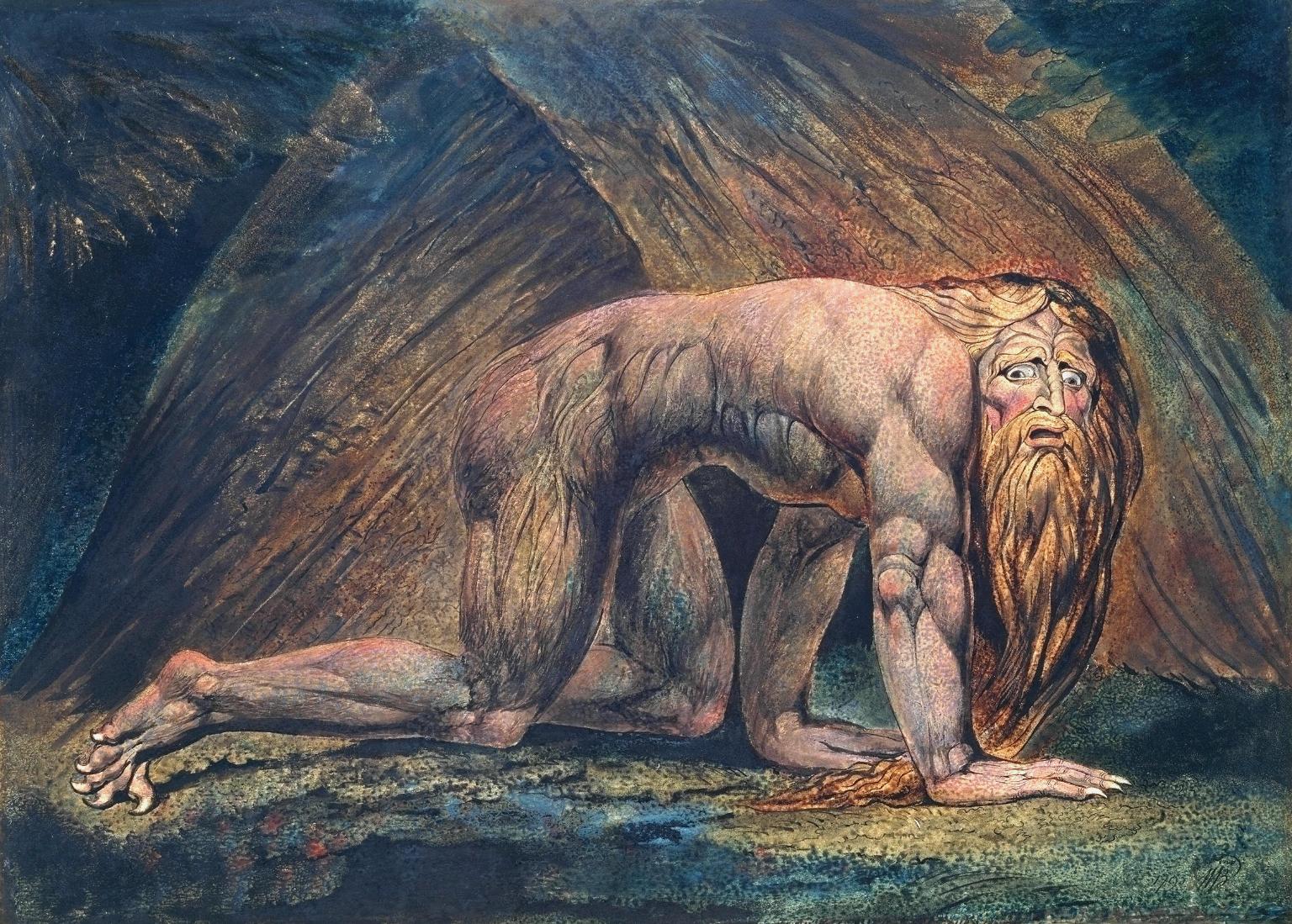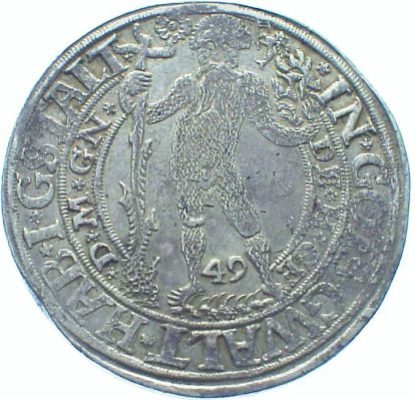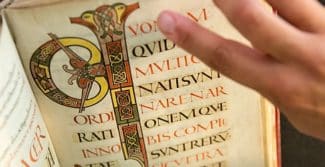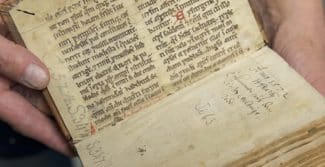28 October 2020
We find instances of ‘wild men’ stretching right back to ancient times. One early example of such a figure is that of Enkidu from the Epic of Gilgamesh.
The Old Testament offers another example in the form of King Nebuchadnezzar. The delusional king was cast out of the community of men and ate grass like an ox. His hair grew like eagle feathers and his nails became like bird claws. The focus here is on the notion of the civilised human who succumbs to madness and is transformed temporarily into a ‘wild man’.
In medieval literature a ‘wild man’ also makes an appearance in the Iwein poems of Chrétien de Troyes and Hartmann von Aue. In artistic representations, he usually appears naked with thick wild hair and carrying a club. He is a counterpart to the courtly knight, although he is beyond any association with ‘good and evil’ or ‘friend or foe’. When he loses the favour of his lady, Iwein offers another example of a Nebuchadnezzar-style character: he succumbs to madness, rages and for a while lives naked in the forest.
It is easy to find other examples of such figures. Even in the early modern and modern eras, audiences have been fascinated by such motifs. Evidence of them is found in the works of authors ranging from Shakespeare to Grimmelshausen, and from the Brothers Grimm to Goethe, who says in Faust, ‘Here are the Wild Men, that’s our name, The Wild Men of Harz Mountains fame.’ Goethe’s mention of the Harz Mountains is of particular interest for the ‘wild man’ of Wolfenbüttlel. Alongside the ‘wild men’ we also find examples of ‘wild women’. The latter is a subject worthy of further examination, although, unfortunately, it is not the subject of this text.
But let us turn our attention to the ‘Wild Man of Wolfenbüttel’. The object in question is a text signed with the initials ‘B.W.’, which have been determined to be those of the author Burkard Waldis (c.1490–1556). Waldis was arrested on several occasions by both Catholic and Protestant authorities, tortured and set free again. After converting to Protestantism, he worked as a whitesmith and coin appraiser and wrote a treatise on coins. His parable Vom verloren Sohn (The Lost Son) was first presented during Shrovetide in 1527. In 1541/42 he studied theology in Wittenberg and attended lectures held by Martin Luther. He then went on to serve as military chaplain to Landgrave Philip during the Schmalkaldic War. Waldis composed other literary works, including three other diatribes in around 1540 focusing on the conflict between the Schmalkaldic League, the Protestants and the Catholics.
Two different printed versions of ‘Der Wilde Man von Wolfenbuttel’, both published in 1542, have been handed down. One of these is attributed to the Egenolff workshop in Marburg, the other to the printer and publisher Frölich in Strasbourg. The focus below is on the Marburg version. The words ‘Der Wilde Man von Wolfenbüttel’ appear on the title page, followed by the Latin motto derived from the prophecy of Jeremiah: Maledictus homo, qui confidit in homine, et ponit carnem brachium suum (KJV: Cursed be the man that trusteth in man, and maketh flesh his arm). This is followed by five Latin distiches that most likely are excerpts from an elegy by Christophorus Copehenus Erfurdianus. The text of the poem runs for 12 pages and 425 rhyming couplets. In his edition published in 1883, Friedrich Koldeway describes the style of ‘this salty satire’ as follows: ‘The verses flow lightly and pleasingly, the tone of the polemic is powerful and coarse, in keeping with the tastes of its times, but … it is not without a modest degree of dignity.’
If we examine the text more closely, we find that the Wild Man is not mentioned until verse 251. A modern translation of this part of the text runs as follows: ‘This is the wild man so fell / of whose exploits ye have sooth heard tell / that his deeds and manly bloom, / his knightliness and full many a palm / of victory and triumph gained shall be herewith right named. / Who e’en with the Devil a pact did swear / and thereby did presume so far / as to defy God and saintly hands / and boldly gorge on aught that moved in German lands. / A braggart, of himself full proud, / a blasphemer who knows not God, / a godless wretch, debaucher in sooth, / a curser of God’s word and truth, / a misanthrope, defiler of the good, / a murd’rous incendiary and spiller of blood …’ And so it goes on. The reader must make it through another 28 verses before the Wild Man’s identity is revealed: ‘That was the Welf of Wolfenbüttel: / Now he is just an Aschenprüttel [or ‘Cinderella’, an early reference to this name, known from the fairy tale].’ By this time, contemporary readers knew very well that the ‘Welf of Wolfenbüttel’ was a clear reference to Herzog Heinrich der Jüngere (1489–1568), even if his name never appears explicitly in the text. Heinrich was the last Catholic duke of Brunswick-Lüneburg. He defied all attempts to introduce the Reformation and was a captain in the Catholic League of Nuremberg. Heinrich’s duchy was conquered by Protestant troops in 1542. His defeat and incarceration served as the background for Burkard Waldis’s debate poem.
But how did Waldis come up with the idea of depicting Heinrich as a ‘wild man’? As has been shown elsewhere, he was not entirely innocent. He described himself as such in his own letters, and had coins minted with the image of a ‘wild man’ from 1539 on. The silver for the coins was originally from the Harz Mountains, from the Wildermann (Wild Man) mine, for example.
The coins were so widespread that it occurred to many people to identify the duke, who was so hated by the Protestants, as the Wild Man. However, equating these two figures does no justice either to the the ambiguous figure of the Wild Man or to the much-maligned duke.










